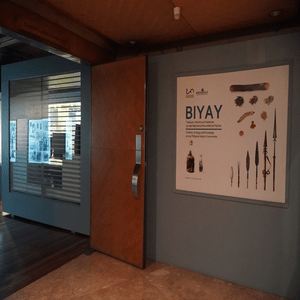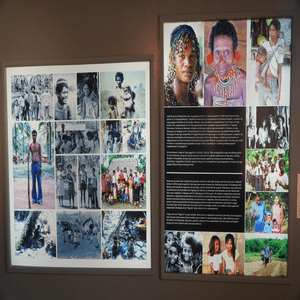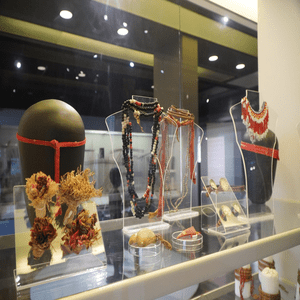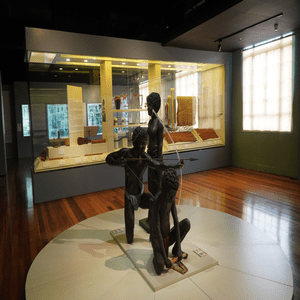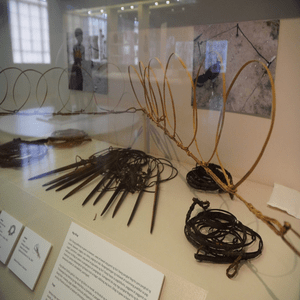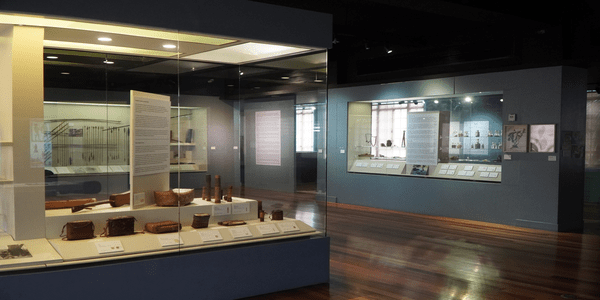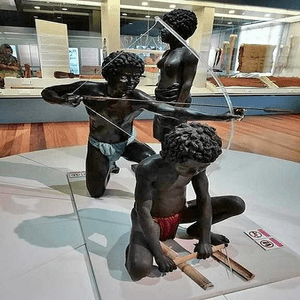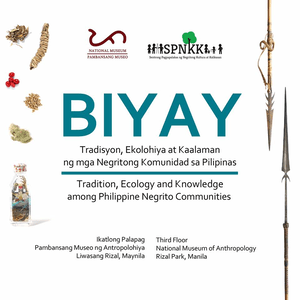| ‹ | Biyay Gallery |
› |
|---|
Tradition, Ecology and Knowledge among the Philippine Negrito Communities
Biyay is an Ayta term for life. This gallery features the National Ethnographic Collection gathered from 1903 to the present which aims to provide an overview of the previous studies and documentation by early ethnographers and researchers on the Negrito groups. It presents their direct and deep connections with nature reflected in their material cultures and shows their current situations/conditions amidst the degradation and annual thinning of their home—the rainforest. This gallery also highlights two of the earliest human remains found in the Philippines: the skull cap and the fossilized right tibia. Both were retrieved during archaeological excavations in Tabon Cave in Quezon, Palawan in the 1960s and in 2000, respectively.
The Biyay Gallery is a gallery located within the National Museum of Anthropology in the Philippines that is dedicated to showcasing the cultural heritage of the Philippine Negrito communities. The gallery features a collection of traditional artifacts, handicrafts, and artworks made by Negrito communities from different parts of the Philippines, which provide insights into their cultural practices, beliefs, and knowledge systems. The gallery is named after the word "biyay" which means blessing or gift, highlighting the cultural and ecological significance of the Negrito communities in the Philippines. The Biyay Gallery is an important part of the National Museum of Anthropology, as it promotes awareness and appreciation of the cultural diversity and heritage of the Philippines, particularly of the Negrito communities.

